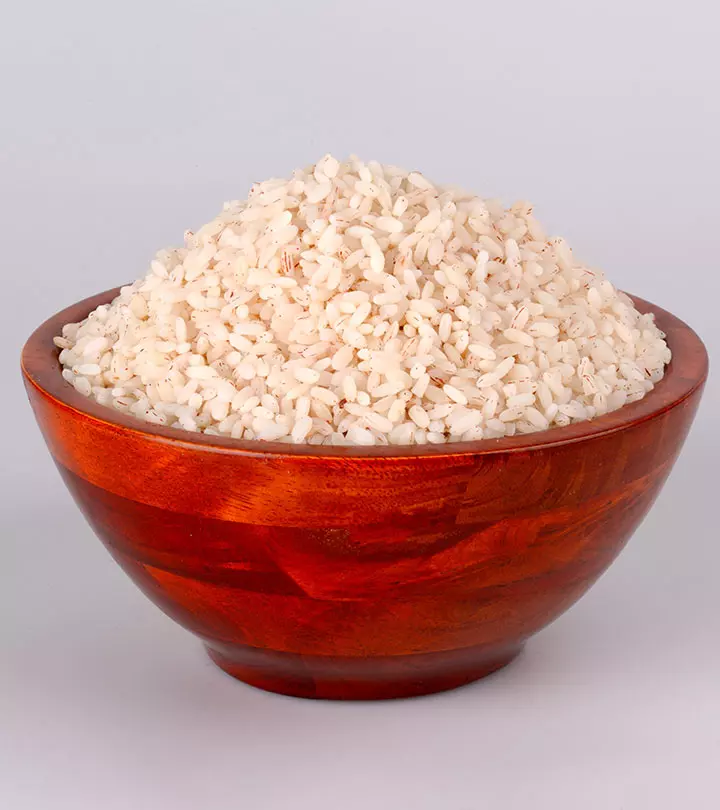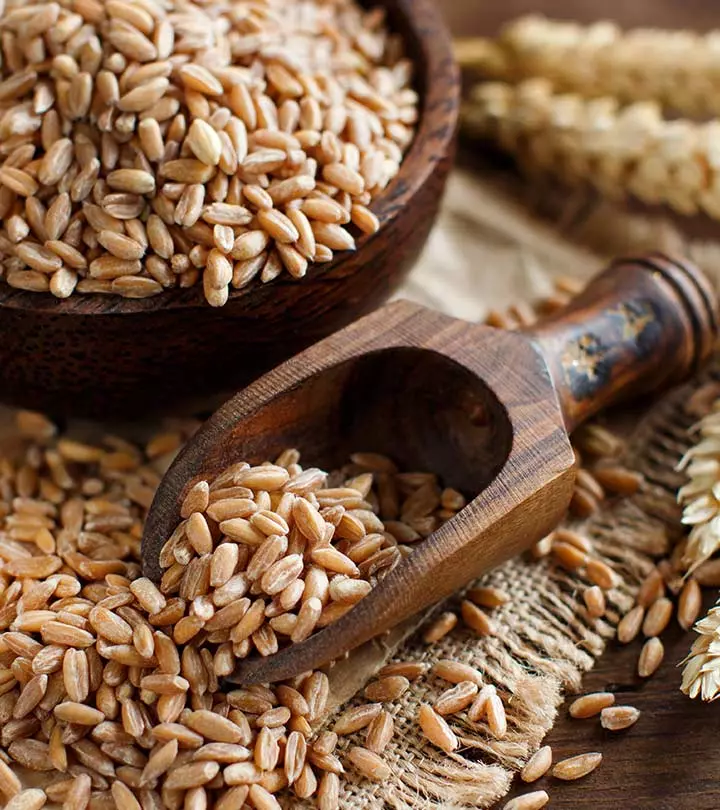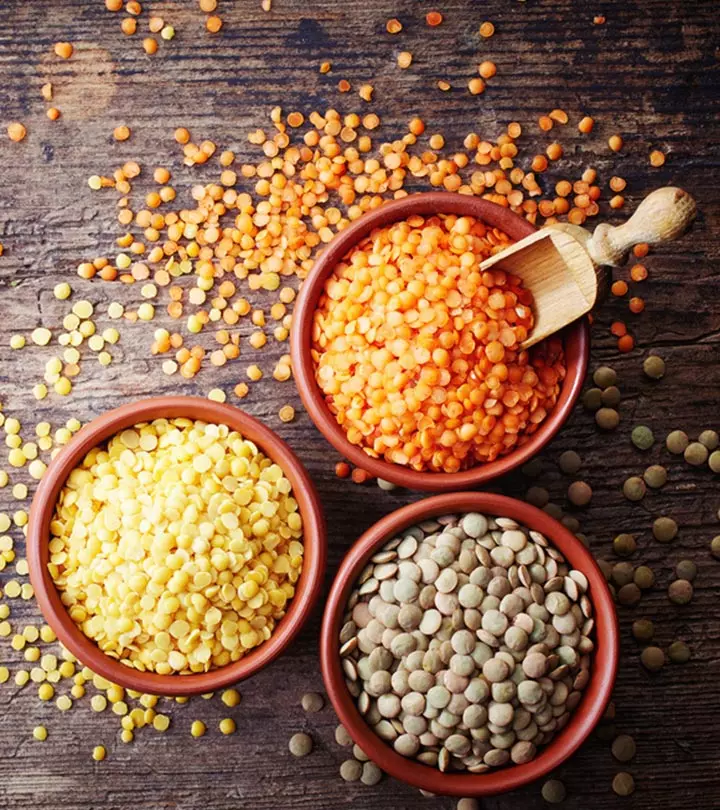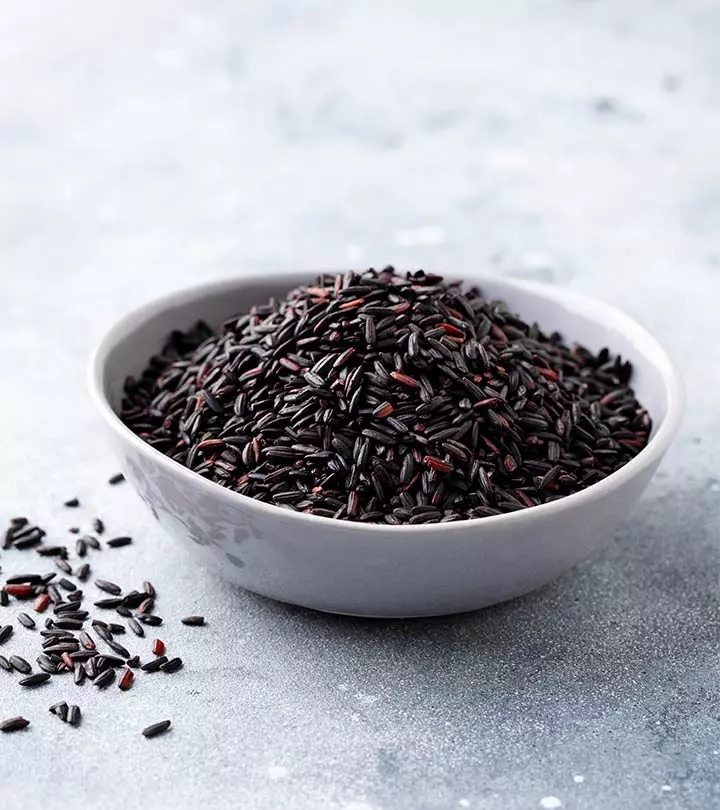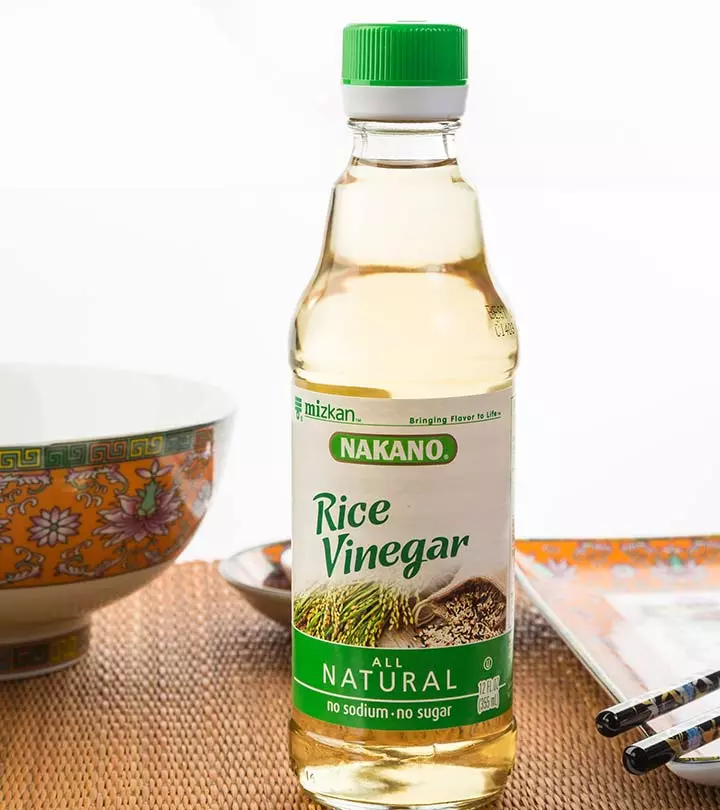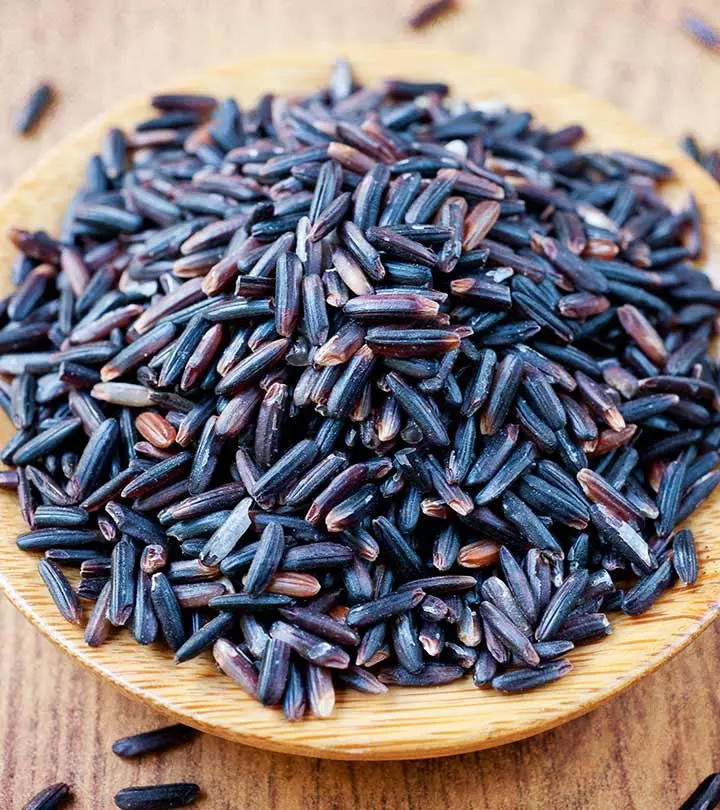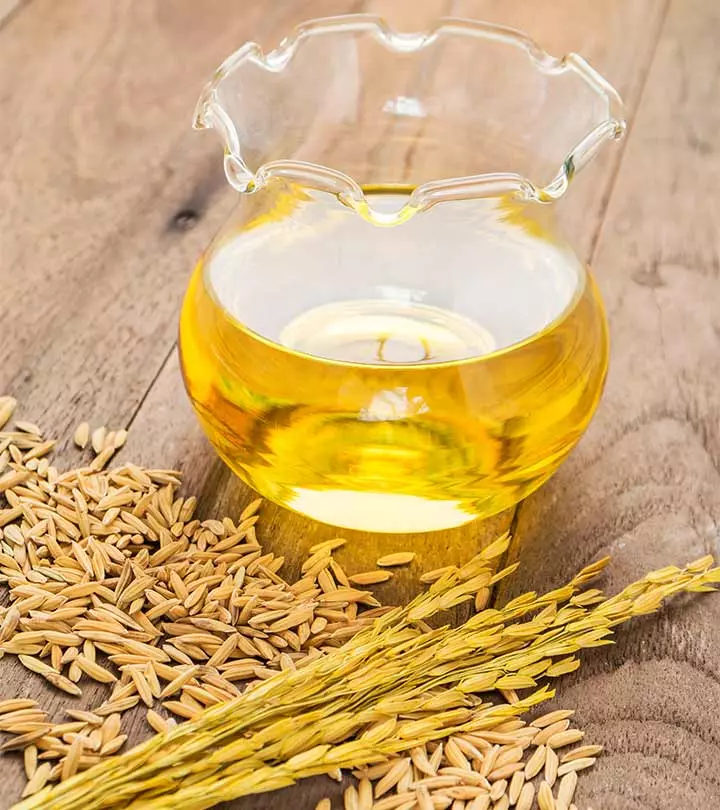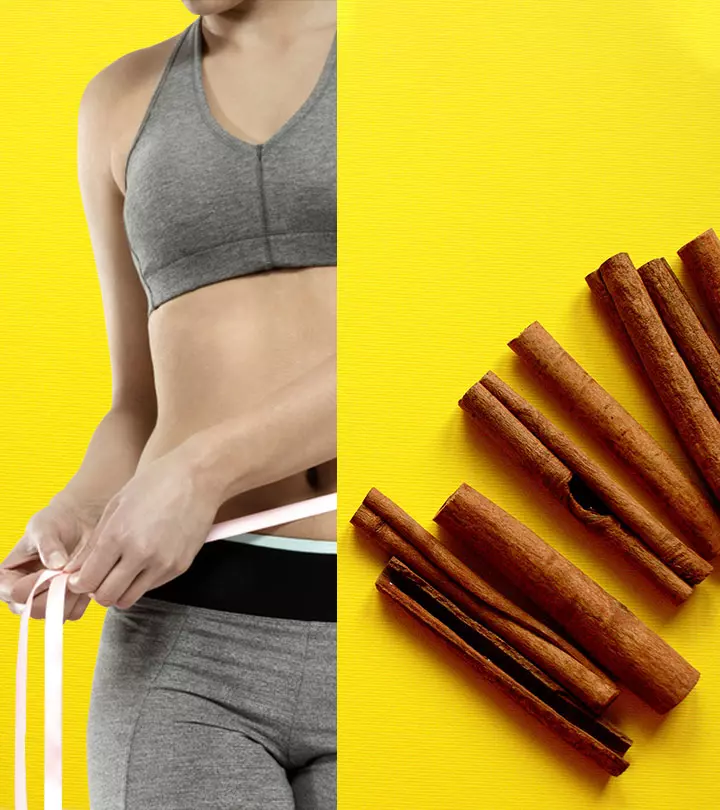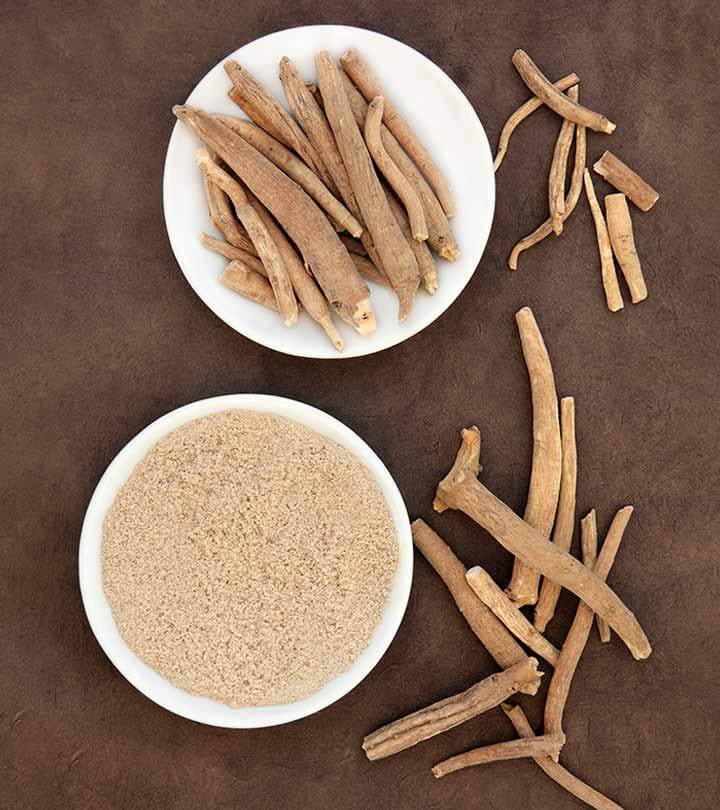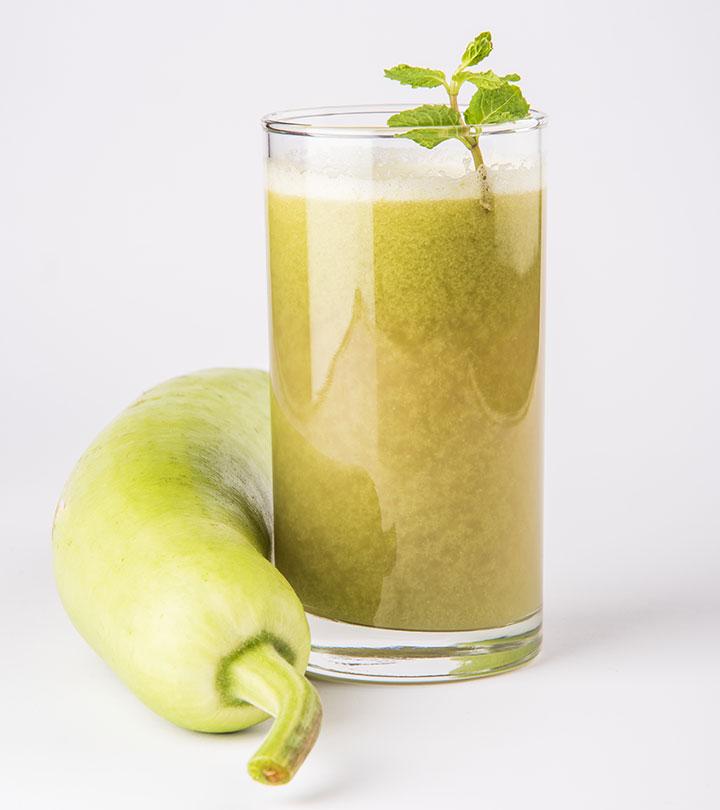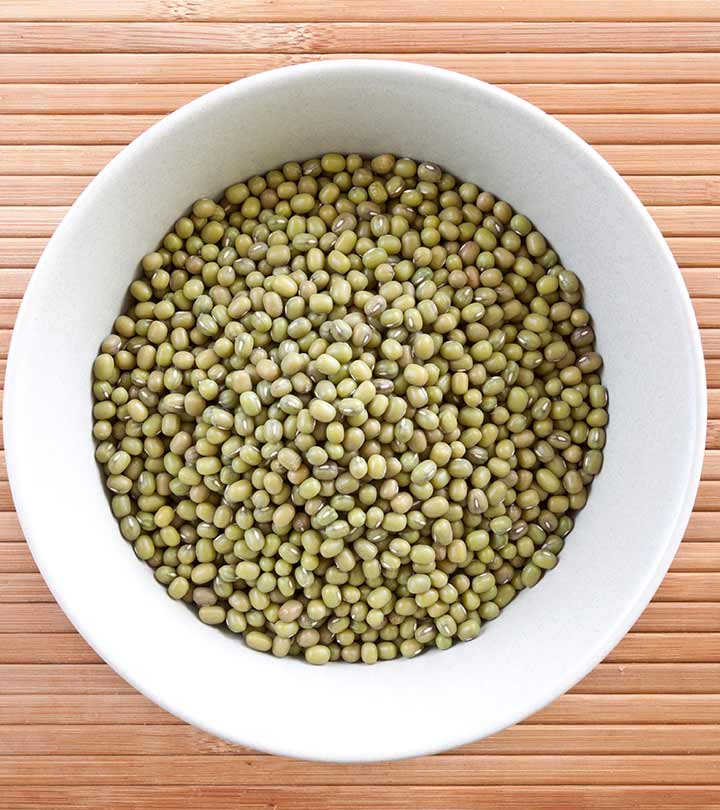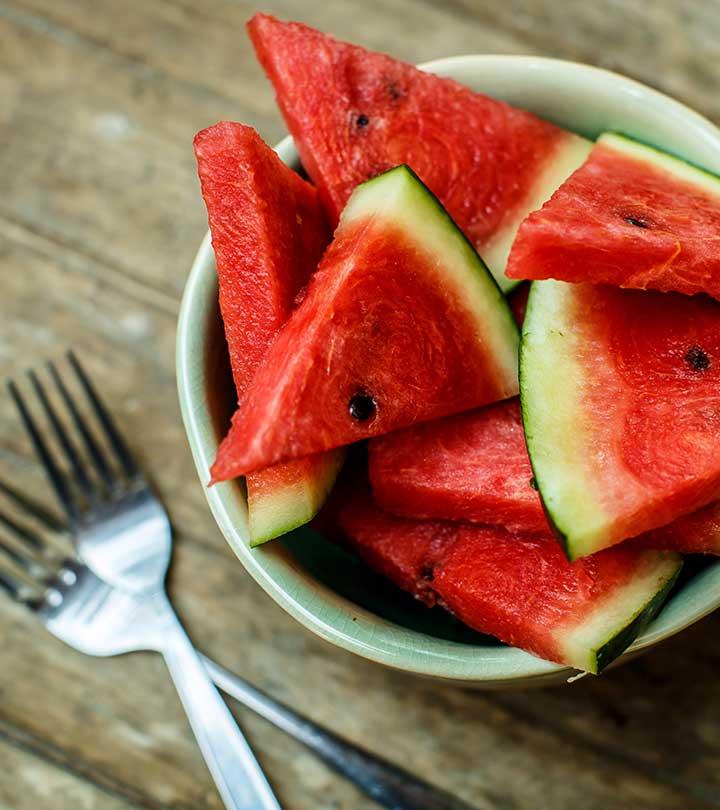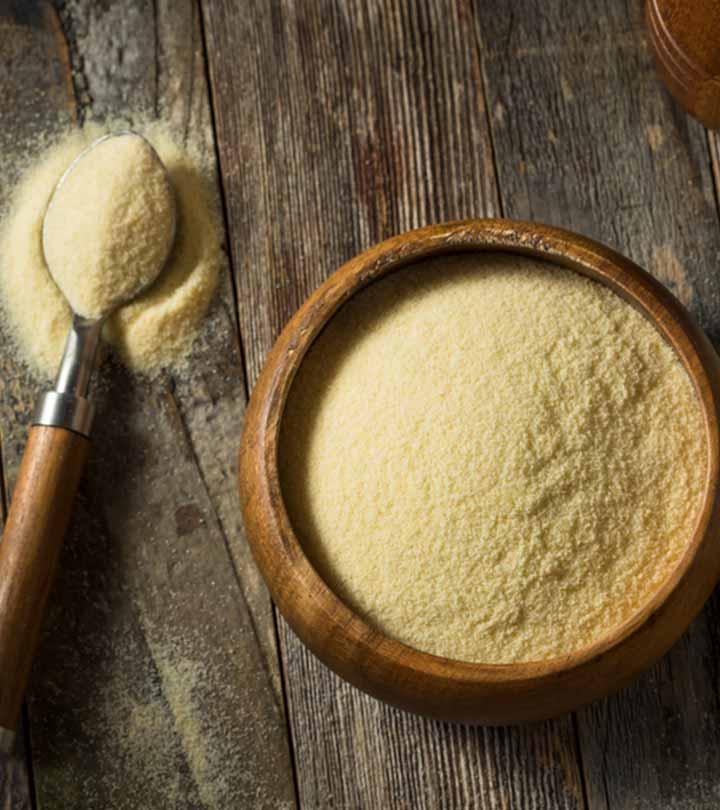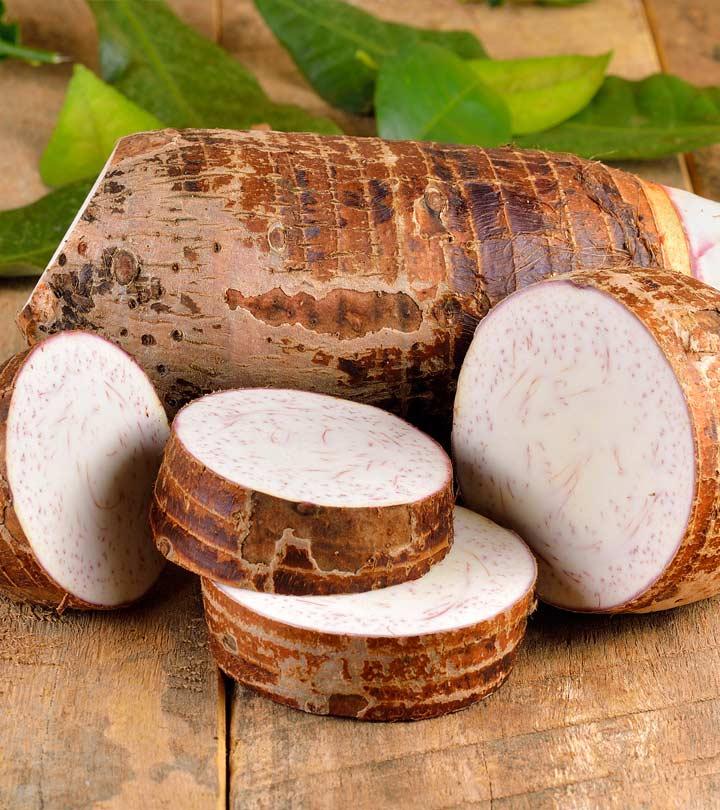Brown Rice Health Benefits, Nutrition, And Side Effects
Discover how well this nutritionally balanced, whole bran rice fares for your health.
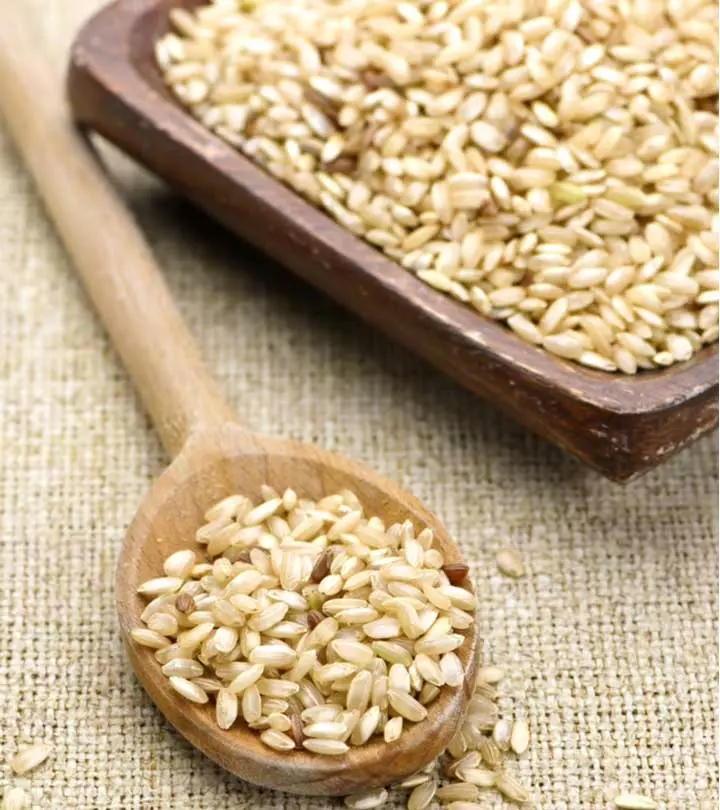
Image: Shutterstock
There have been many trends recently that probably left you with the urge to shift to brown rice. But why have these trends gained traction? What benefits does brown rice have that white rice doesn’t? The answer is simple — a wide variety of nutrients and resultant health benefits like weight loss and reduced risk of diabetes, cardiovascular disease, cancer, and many more. Moreover, unlike white rice, brown rice is minimally processed and its bran and germ are retained.
In this article, we explore the health benefits of brown rice, its nutritional profile, potential side effects, and how to add it to your diet. Keep reading.
In This Article
What Is Brown Rice?
Unprocessed rice has three layers:
- The husk
- The bran
- The endosperm (it has the germ that can later grow into a paddy plant).
White rice is usually processed by removing the husk, bran, and germ. However, brown rice is a whole grain that retains the bran (the most nutritious part of the rice grain) and the germ barring the husk.
 Trivia
TriviaWith the bran left unpolished, brown rice is bound to have more nutrients than white rice. Here is the nutritional breakdown of brown rice.
Brown Rice Nutrition Facts
100g of brown rice contains (1):
| Energy | 367 kcal |
Carbohydrates | 76.2g |
Starch | 72.5g |
Fat | 3.2g |
Fiber | 3.6g |
Sugar | 0.66g |
Calcium | 9 mg |
Magnesium | 116 mg |
Phosphorus | 311 mg |
Potassium | 250 mg |
Sodium | 5 mg |
Niacin | 6.49 mg |
Choline | 21.5 mg |
Folate | 23 µg |
Vitamin B6 | 477 µg |
Pantothenic acid | 1.06 mg |
Zinc, iron, copper, selenium, manganese, thiamin, riboflavin, vitamin E and its various forms, and vitamin K are present in trace amounts. “Brown rice is also a rich source of phenols and flavonoids,” says Sally Stevens, a registered dietitian nutritionist.
 Did You Know?
Did You Know?The nutrient mix of brown rice is surely impressive. But how does it benefit your health? We discover the six major benefits of brown rice in the following section.
Benefits Of Brown Rice
1. May Improve Heart Health
A large study indicates that eating fibers from grains may reduce the risk of premature death, especially from cardiovascular disease (CVD) (2).
Brown rice also contains a compound called lignan, which is associated with a reduced risk of CVD and related mortality. However, more studies are warranted to understand this benefit of lignans (3).
The magnesium in brown rice may also help. Higher intake of magnesium was found to combat metabolic syndrome and hypertension, and reduce CVD risk (especially ischemic and coronary heart disease risk) (4).
2. May Help Manage Diabetes
Brown rice is a rich source of fiber that helps improve digestion and slow down starch digestion (5). This, in turn, slows down the release of glucose into the bloodstream. This mechanism helps regulate blood sugar levels in those with diabetes. It also may reduce the risk of diabetes in healthy individuals. Rice bran also contains magnesium and γ-oryzanol, which may help control blood sugar levels. A study found that consuming brown rice for eight weeks twice a day had reduced levels of hemoglobinA1c (HbAic), a marker for blood sugar (6).
A review states that globally, 1 in 11 adults has diabetes mellitus (90% with type 2). Type 1 diabetes onset peaks at 4-6 years and 10-14 years, with 45% of cases before age ten. Incidence is rising globally, with increases of 2-5% annually in Europe, Australia, and the Middle East, and about 2% yearly in the U.S., particularly in Hispanic youth. In such a scenario, brown rice can help manage this common yet serious concern of this age.
3. May Help With Weight Loss
Excess energy intake is linked with obesity and related illnesses (7). Brown rice has a lower glycemic index than white rice due to its higher fiber content (8). Foods rich in fiber promote satiety and discourage overeating.
Brown rice as a dietary staple is also believed to help people who are overweight to shed more pounds and reduce their body mass index. Brown rice also contains more dietary fiber than white rice. High-fiber foods cause you to feel fuller longer and reduce calorie intake.
4. May Slow Down Premature Aging
Vitamin E in brown rice has strong antioxidant properties and prevents the adverse effects of oxidative stress on the skin, including photoaging. This may help reduce the risk of various skin disorders and delay premature aging (9).
The phenolic compounds in brown rice may help reduce skin redness and soothe skin irritation. The antioxidants in the rice may also slow down the aging process and reduce the appearance of wrinkles. However, more research is warranted in this regard.
5. May Help Improve Overall Health
Brown rice is rich in manganese, whose deficiency may lead to many complications, including low fertility, stunted or impaired growth, poor bone formation, and skeletal defects. Manganese may help prevent metabolic syndrome and reduce the risk of obesity and other illnesses (10).
Brown rice contains high levels of antioxidants, especially flavonoids and phenols. These antioxidants prevent free radical damage and may help prevent chronic diseases like cancer, CVD, obesity, and type 2 diabetes (11).
6. Is Gluten-Free
Studies suggest that gluten may increase the risk of autoimmune disease in some individuals. Brown rice is gluten-free. Hence, people with celiac disease (a condition where your immune system attacks your own tissues when you eat gluten) can add it to their diet (12). Besides, you may also consume brown rice if you are allergic or sensitive to gluten (which is present in wheat).
7. May Control Cholesterol Levels
Brown rice has the potential to reduce both total and LDL-bad cholesterol levels. Moreover, it has been associated with an elevation in HDL-good cholesterol.
Eating brown rice may have positive effects on metabolic health, especially in individuals with metabolic syndrome. In two studies, brown rice was found to result in lower glucose and insulin levels compared to white rice. Another group of participants with metabolic syndrome experienced weight reduction, improved insulin resistance, and lower cholesterol levels after consuming brown rice for 8 weeks (13).
Adding brown rice to your diet helps you reap all these benefits. But does it have any side effects? How much should you eat and who should avoid it? Keep reading to know the answers.
Side Effects Of Brown Rice
Brown rice has a high content of phosphorus and potassium and must be consumed in controlled portions if you are on a renal diet (14).
Brown rice also contains arsenic, the long-term consumption of which may increase the risk of cancer, heart disease, and type 2 diabetes in some individuals (15).
However, consuming it in moderation as part of a varied diet should not cause any issue in most people.
Adding brown rice to your diet is easy. Here are a few ways to do it.
How To Add Brown Rice To Your Diet
- Cook as a side dish for your curries
- Make risottos.
- Prepare porridge for breakfast.
- Make desserts.
The recommended serving of brown rice is one cup (about 150g) a day. Experts say that this is enough to meet your daily requirements for most nutrients.
The health benefits of brown rice are numerous. When included as a part of your regular diet, it improves cardiovascular health, helps manage diabetes, aids in weight loss, and slows down premature aging. In addition, brown rice effectively reduces the risk of obesity and metabolic syndrome and promotes overall health. This rice is the best food in the diet for people with celiac disease as it is gluten-free. However, excess consumption of brown rice may cause a few side effects, like increasing the risk of diabetes. Therefore, moderate consumption is advised to reap its benefits.
Frequently Asked Questions
Is brown rice good for you every day?
Yes, it is good to have brown rice every day. It has a decent amount of vitamins and minerals that help promote overall health if consumed daily.
Is brown rice anti-inflammatory?
Yes, brown rice has anti-inflammatory properties. It is loaded with many antioxidants that exhibit these properties.
Key Takeaways
- Brown rice is unprocessed rice with more nutrients than white rice.
- It has an impressive nutrient profile that may improve heart health and help you manage diabetes.
- While consuming brown rice in moderation is considered safe, excess intake in the long run may increase the risk of cancer and heart disease in some people.
Brown rice is commonly used in place of white rice due to health reasons. Watch the following video to learn more about its immense benefits for digestive health as well as its nutritional values for a healthier you.
References
Articles on StyleCraze are backed by verified information from peer-reviewed and academic research papers, reputed organizations, research institutions, and medical associations to ensure accuracy and relevance. Read our editorial policy to learn more.
- Rice brown long-grain raw
https://fdc.nal.usda.gov/fdc-app.html#/food-details/169703/nutrients - Dietary fiber intake and mortality in the NIH-AARP Diet and Health Study
https://www.ncbi.nlm.nih.gov/labs/pmc/articles/PMC3513325/ - Dietary lignans: physiology and potential for cardiovascular disease risk reduction
https://www.ncbi.nlm.nih.gov/labs/pmc/articles/PMC2951311/ - Dietary Magnesium and Cardiovascular Disease: A Review with Emphasis in Epidemiological Studies
https://www.ncbi.nlm.nih.gov/labs/pmc/articles/PMC5852744/ - Designing food structure to slow down digestion in starch-rich products
https://www.sciencedirect.com/science/article/pii/S2214799320300102 - Eating glutinous brown rice twice a day for 8 weeks improves glycemic control in Japanese patients with diabetes mellitus
https://www.ncbi.nlm.nih.gov/labs/pmc/articles/PMC5518808/ - The Role of Fiber in Energy Balance
https://www.ncbi.nlm.nih.gov/labs/pmc/articles/PMC6360548/ - Phytochemical Profile of Brown Rice and Its Nutrigenomic Implications
https://www.ncbi.nlm.nih.gov/labs/pmc/articles/PMC6025443/ - The role of vitamin E in normal and damaged skin
https://pubmed.ncbi.nlm.nih.gov/7633944/ - Manganese
https://www.ncbi.nlm.nih.gov/labs/pmc/articles/PMC5421128/ - Phytochemical Profile of Brown Rice and Its Nutrigenomic Implications
https://www.ncbi.nlm.nih.gov/labs/pmc/articles/PMC6025443/ - Triggers and drivers of autoimmunity: lessons from coeliac disease
https://www.ncbi.nlm.nih.gov/labs/pmc/articles/PMC3818716/ - Effects of the brown rice diet on visceral obesity and endothelial function: the BRAVO study
https://pubmed.ncbi.nlm.nih.gov/23930929/ - Diet and Chronic Kidney Disease
https://www.ncbi.nlm.nih.gov/labs/pmc/articles/PMC6855949/ - Arsenic and Diabetes: Assessing Risk at Low-to-Moderate Exposures
https://www.ncbi.nlm.nih.gov/labs/pmc/articles/PMC6071819/ - Brown Rice Vs. White Rice – Which One Is Better?
- 10 Amazing Health Benefits Of Matta Rice
- Is Wild Rice Healthy? What Are Its Benefits?
- 7 Health Benefits Of Jasmine Rice That You Need To Know
Read full bio of Tracy Tredoux
Read full bio of Ravi Teja Tadimalla
Read full bio of Aparna Mallampalli





